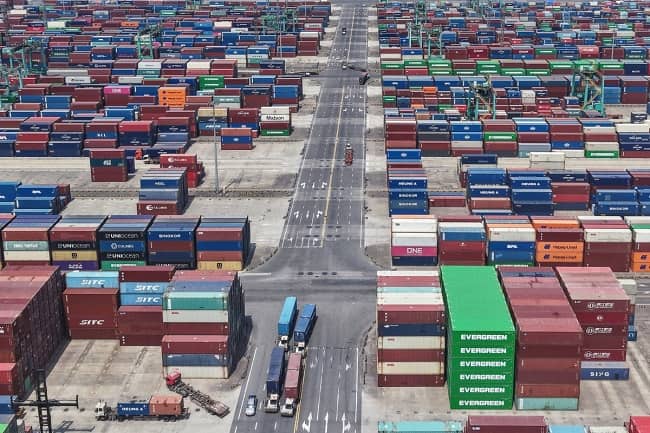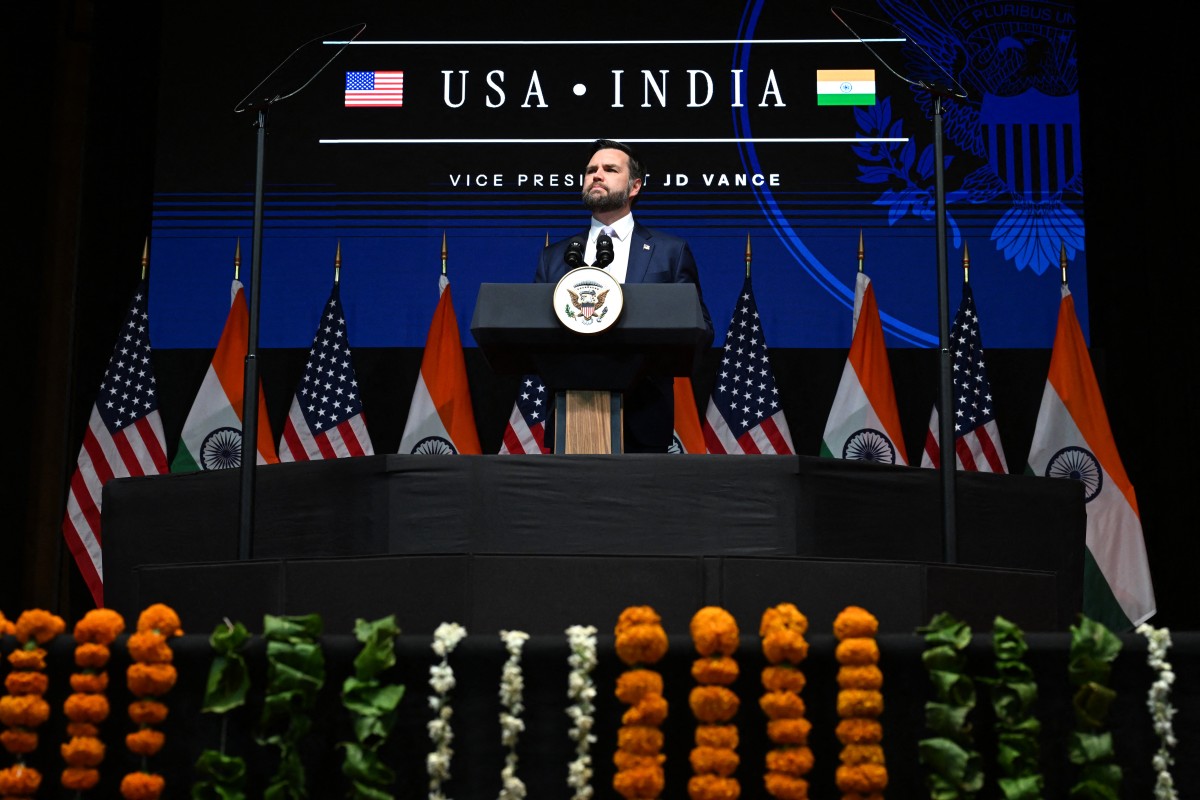The United States and China entered the second day of high-stakes trade negotiations on Tuesday, aiming to reinforce a fragile tariff truce and address mounting tensions over critical mineral exports and technology restrictions.
Following a preliminary round of discussions held in Geneva last month, officials from both global powers reconvened in London on Monday. This ongoing dialogue comes as both nations work to defuse a long-standing economic conflict that has seen tit-for-tat tariffs escalate into what many consider an informal trade embargo.
Key on the agenda are the exports of rare earth elements, materials essential for the production of smartphones, electric vehicle batteries, and sustainable energy technologies. Despite a previous agreement that saw both sides reduce tariffs significantly from over 100% to a more manageable range .U.S. officials have voiced frustration over the slow pace of Chinese rare earth shipments.
President Donald Trump, speaking from the White House, expressed cautious optimism, saying, “We’re doing well with China. It’s not easy, but the updates I’m getting are positive.” His top economic adviser, Kevin Hassett, added that although China had begun releasing some of the agreed-upon supplies, “the flow is slower than expected.”
Nevertheless, Hassett indicated optimism that the talks would conclude on a positive note. “We’re expecting a solid handshake that signals mutual progress. Once that happens, we anticipate a relaxation of export controls from our end and an increase in rare earth shipments from theirs,” he said in a CNBC interview.
There are also reports that the U.S. may consider easing certain restrictions on technology exports ,a potential bargaining chip in exchange for smoother rare earth access.
Stock markets responded with cautious enthusiasm, reflecting investor hope that a resolution could ease trade volatility. “Markets are clinging to any sign of positive movement,” said Kathleen Brooks, research director at XTB. Ipek Ozkardeskaya of Swissquote Bank noted that while no major breakthrough had been achieved, the talks appeared to be progressing “relatively well.”
Trade tensions between the two countries have been brewing since President Trump’s early days in office, with sweeping tariffs imposed on multiple fronts. Though a Geneva agreement temporarily reduced those duties bringing U.S. tariffs on Chinese imports down from 145% to 30%, and China’s retaliatory tariffs down to 10%, Trump recently accused Beijing of failing to fully uphold the terms.
As the U.S. and China navigate this critical juncture, China is also exploring alliances with regional trade partners like Japan and South Korea. In a recent conversation, Chinese President Xi Jinping encouraged South Korea’s newly elected President Lee Jae-myung to support open trade and help stabilize global supply chains.
Leading the Chinese delegation in London is Vice Premier He Lifeng, joined by Commerce Minister Wang Wentao and Trade Representative Li Chenggang. Representing the U.S. side are Treasury Secretary Scott Bessent, Commerce Secretary Howard Lutnick, and U.S. Trade Representative Jamieson Greer.
With rare earths and high-tech components at the center of modern industry, the outcome of these talks may have far-reaching implications for global markets and the future of international trade.





